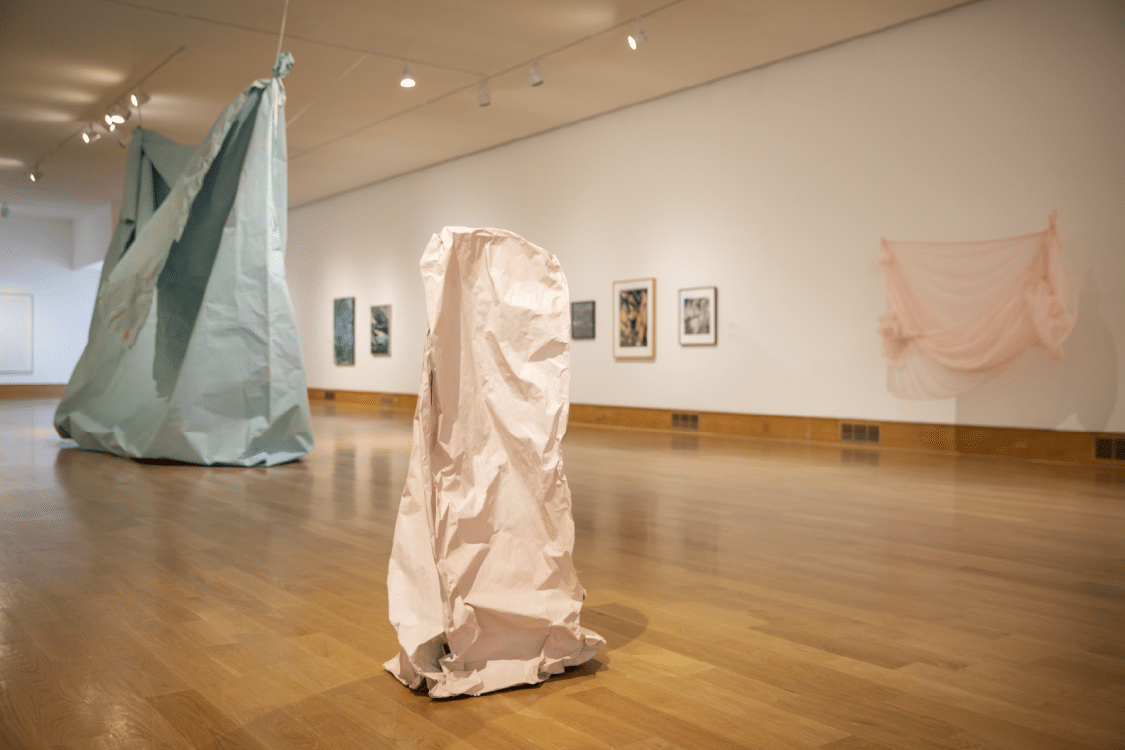Past Exhibition
Black Stories
Co-curated by Mitchell Squire and Jordan Weber

Black Stories presents the artwork by Black artists in the Art Center’s permanent collections, and aims to connect and partner with the community in the process. Two artists, Mitchell Squire and Jordan Weber, co-curated the exhibition component of the project. A group of Black community leaders forms an advisory committee to direct our work. This collaborative effort marks a fundamental change in how the Art Center operates, moving us towards a more inclusive future.
In addition to the exhibition, the Art Center’s Black Stories project invites audience members to share their personal stories and experiences in response to the artworks in the show. These reflections will be collected in a variety of ways—in the galleries, through programs and one-on-one conversations, and through social media outlets such as Facebook, email, and our website. These stories will be included in a book that the Art Center will publish after the show closes to document the project and the people who made it happen.
Our idea for this project and surrounding conversations with Black leaders, artists, and supporters began over a year ago, but in 2020 this project seems timelier than ever. The deaths of George Floyd, Breonna Taylor, and others at the hands of police have again raised the issue of systemic racism in the United States and our continuing need to address it. Many institutions are now reconsidering historically accepted “norms”, as evidenced by the re-evaluation of monuments and the names of everything from football teams to town mascots to military forts. The crucial need to embrace all stories and experiences gives further urgency to these artworks and to our project.
The show comprises major works by artists such as David Hammons, El Anatsui, Romare Bearden, Carrie Mae Weems, Jacob Lawrence, Kara Walker, Jean-Michel Basquiat, Fred Wilson, Kerry James Marshall, Alison Saar, Mark Bradford, Wangachi Mutu, Deana Lawson, Henry Taylor, Bill Traylor, Joyce Scott, Ebony G. Patterson, and Elias Sime. Examples of traditional African objects, such as masks, palace doors, and ceramic jugs complement these works. Squire and Weber organized the exhibition into four sections: In Living Color, In Black and White, and In Wakanda, as well as a shrine room showcasing the traditional African works.
Support Provided By
Marketing support provided by the Iowa Tourism Office.












